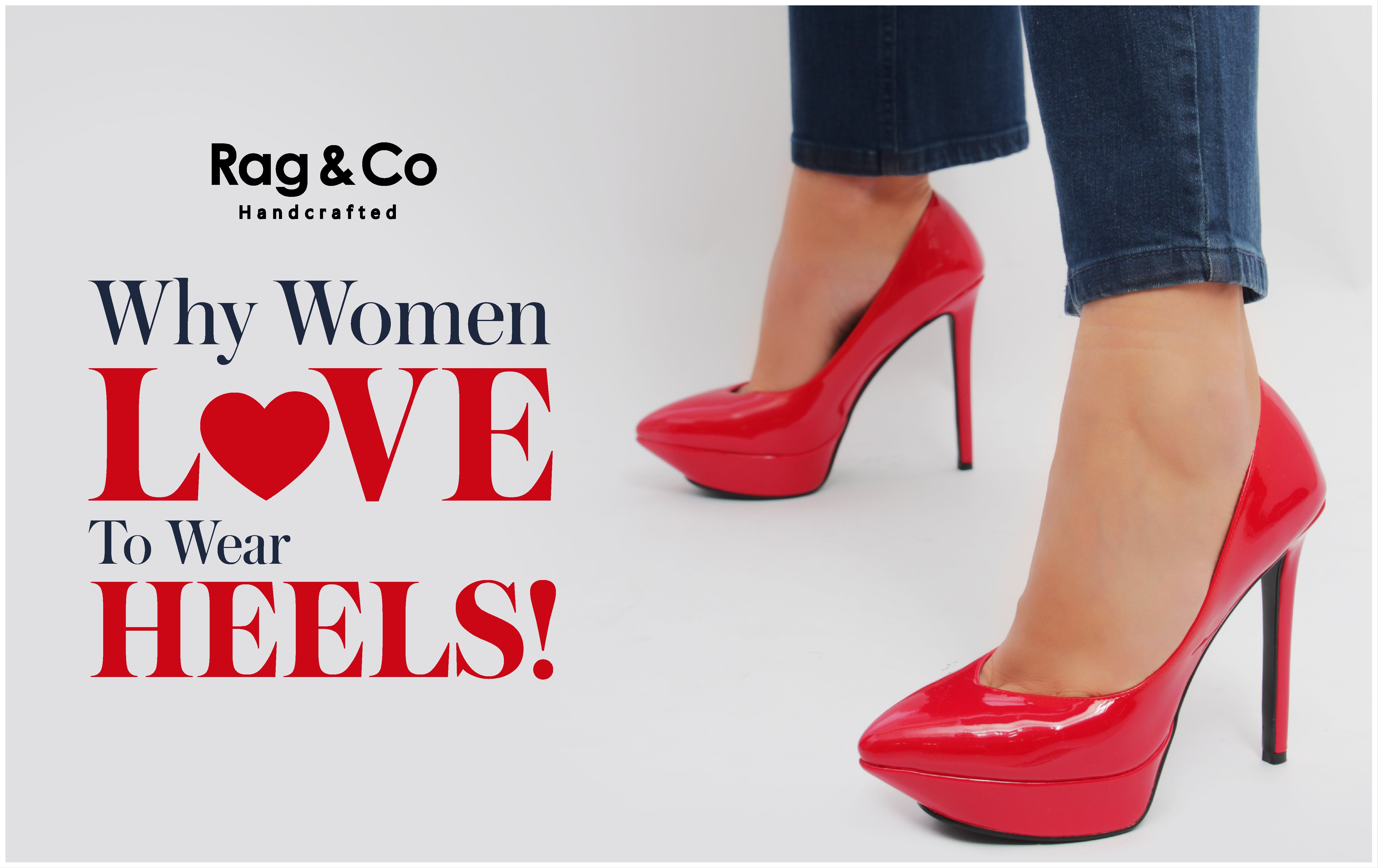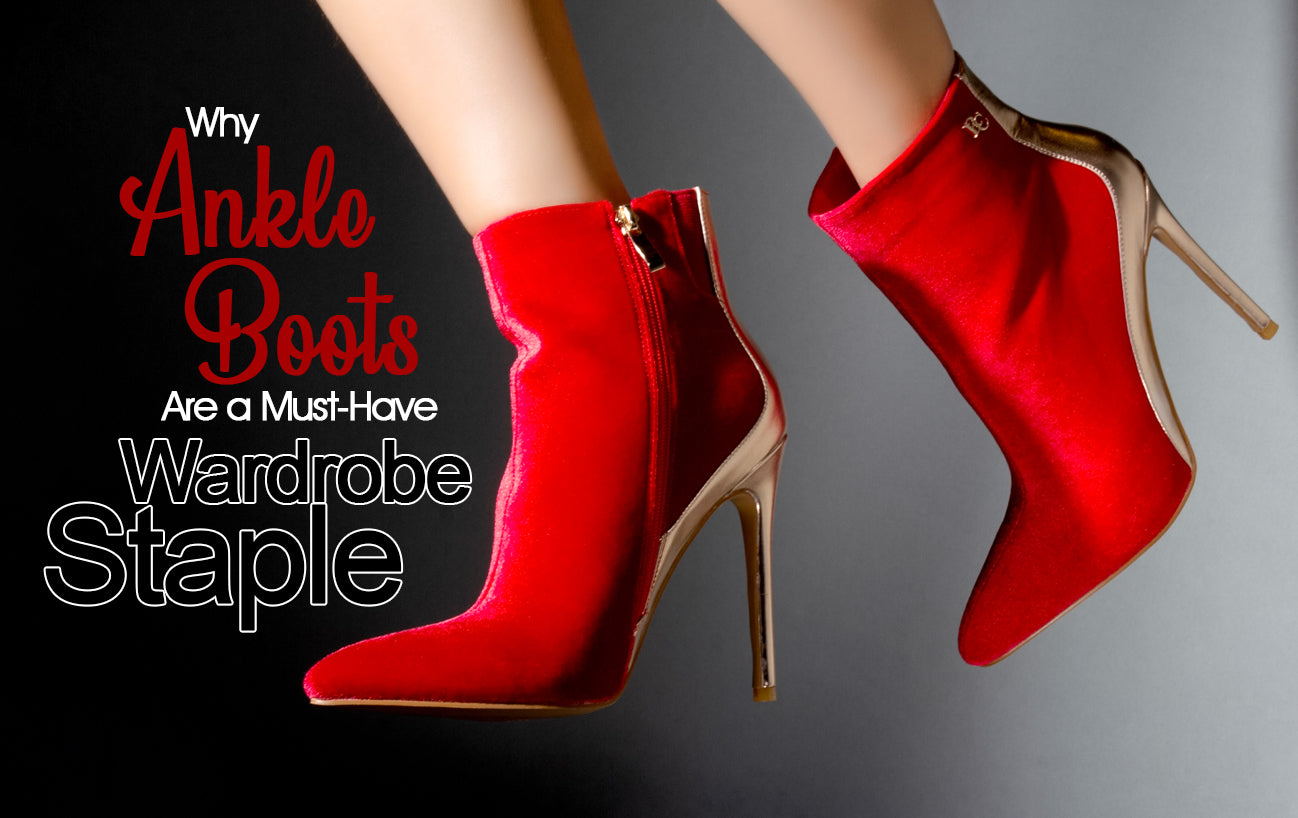Platform Sandals, A Look Back At The History Of This Popular Shoe!

Platform sandals are having a real fashion moment, we’re all trying to reach new heights in 2023, all with the help of some fierce platforms. These larger than life shoes are a constant motif on the runways, and will be huge in the spring/summer fashion season of 2023.
To pay tribute to the platform sandal, we’d like to take you on a journey through its history and discover where these elevating statement shoes came from.
HistoryThe history of the platform begins around 600 BCE, the Greeks used them in plays, to increase the height of characters. High-status women also wore them. During the middle Ages, the Venetians’ platforms were called Chopines, while much of the rest of Europe’s platforms were called Pattens. Both Chopines and Pattens were worn to avoid wet, rainy streets. These platforms had thick, wooden soles and various forms of leather strapping, ensuring both height and relative stability, and often high social standing.
In use until the early 20th century, Pattens typically held in another shoe and were sported by both men and women. There are tales of their ostentatiousness leading some English Christian churches to forbid their priests to wear them. Alternately, Spanish rabbis of this era attributed wisdom to those who wore Pattens on Shabbat. In the 15th century, the Spaniards had allocated the majority of their cork resources to the soles of their own, more conical version of the Chopine. These, as well as those worn by the Venetians, often required the help of two servants to put on and assist the wearer in walking. Venetian women, in particular, are credited with Chopines that, during the 16th century, provided as much as 20 inches of extra height, a signal of wealth that allowed for lengthier skirts.
During this era, the platform’s sex appeal had already been well-established through use by high-class prostitutes. In Europe, they were worn by courtesans, providing an extravagant, alluring tilt for attracting customers, in Japan, they were first called Geta, a more flip-flop-like platform, with soles like teeth, worn by geishas to protect their expensive kimonos from mud. The Chinese called their version of this dainty, feminine shoe a Qixie, which introduced a separate heel from the thick platform on the forefoot and sometimes included embroidery on the upper.
The platform’s history in fashion began incubating in the United States, United Kingdom, and Europe from 1930-1950. Actress Marlene Dietrich had a pair designed for her in the early 1930s by Moshe (Morris) Kimel, a Jewish designer who escaped Berlin and opened his Kimel shoe factory in Los Angeles. A French footwear designer named Roger Vivier sketched a platform sandal in 1937, which Elsa Schiaparelli used in one of her collections. By the time wealthy Beverly Hills women caught on, Salvatore Ferragamo introduced The Rainbow, a platform sandal designed for American entertainer, Judy Garland, inspired by her singing “Over The Rainbow” in The Wizard of Oz. Ferragamo notably used layers of wood and cork instead of leather, an experimentation born from the effects of WWII wartime rationing.
Modern DayThe platform shoe resurfaced in popularity in the early 2000s when the YSL Tribute Sandal appeared in 2004, quickly gaining popularity by celebrities and the fashion world for its sex appeal and added comfort of a platform sole. The shoe is continued to be released season after season, despite changes in creatives. Over the past few decades, platforms have become more a la mode than ever before. Several different styles of heeled sandals have experimented with a platform. In 2023 platforms are all the rage and helping our generation reach for the stars.
At Rag&Co, we have curated a list of trendiest platform sandals for women, that will define 2023 in shoe fashion.
With a history as long as that of the platform sandals, you'd think that everyone would be tired of them by now, but that is simply not the case. Today they are everywhere, they are on runways, they are in malls, and they are probably actually, less than a mile from you in every direction at this very moment. While they once indicated that someone was super into disco music in the '70s, or maybe even punk rock in the '90s, modern variations of the platform (which are admittedly more subdued than those of the '70s) are a normalized piece of clothing, and make few statements more complex than ever.















Leave a comment
This site is protected by hCaptcha and the hCaptcha Privacy Policy and Terms of Service apply.